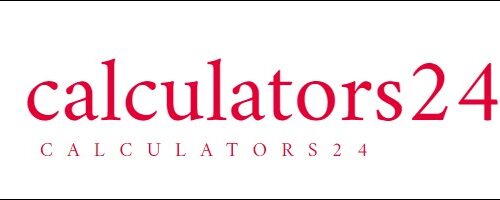Enter the number of bits:
Result:
Mebibytes (MiB)Deciphering Digital Data Units: Navigating the Realm of Bits and Mebibytes
Digital data stands as the heartbeat of our contemporary world, and a profound comprehension of its measurement becomes paramount. At the core of this comprehension lie the “bits,” the minuscule entities of digital information. Nevertheless, when grappling with more extensive data magnitudes, our reliance often shifts to larger units such as “mebibytes” (abbreviated as “MiB”). Within the confines of this discourse, we shall embark on a journey through the intricacies of bits and mebibytes, unveiling a practical converter designed to seamlessly traverse the gap between these digital dimensions.
Unveiling Bits: The Essence of Digitality
Bits, those elemental building blocks, encapsulate the very essence of digital information. These binary digits, existing as either 0 or 1, align with the binary “off” and “on” states. Every facet of digital content, ranging from textual data to multimedia elements like images and videos, even extending to software components, materializes through diverse combinations of these binary bits. In essence, the entire spectrum of digital activities, from the simplicity of sending an email to the complexity of streaming a movie, revolves around the intricate manipulation of bits.
Embracing Mebibytes: Navigating the Vastness of Data
While bits masterfully convey modest data quantities, their efficacy wanes when confronted with more substantial volumes of information. This is where the stalwart “mebibytes” step in as saviors. A mebibyte, encompassing a staggering 8,388,608 bits, emerges from the synergy of 8 bits constituting a byte and 1,024 bytes forming a kibibyte (KiB). Mebibytes find common usage in gauging file sizes, storage capacities, and digital data transfer speeds.
The Alchemy of Conversion: From Bits to Mebibytes
Transforming bits into mebibytes involves a systematic interplay of various factors. Commencing with the division of the bit count by 8 to transition from bits to bytes, the journey then traverses another division by 1,024 to progress from bytes to kibibytes (KiB). Finally, a subsequent division by 1,024 yet again completes the conversion from kibibytes to the coveted mebibytes (MiB). The conversion formula can be articulated as follows:
javascriptCopy code
Number of Mebibytes (MiB) = Number of Bits / 8 / 1024 / 1024
To streamline this conversion process, the “Bits to Mebibytes Converter” is at your disposal above. Simply input the number of bits, execute a click on the “Convert” button, and witness the revelation of the equivalent mebibytes value.
Necessity in Digits: The Significance of Understanding Bits and Mebibytes
Grasping the intrinsic connection between bits and mebibytes assumes paramount importance across diverse domains, encompassing IT, data management, and the expansive realm of digital media. The bestowed converter, a beacon in transitioning between these units, bestows simplicity upon data size calculations and facilitates effortless comparisons. Whether you tread the path of a tech enthusiast or stand as a professional immersed in the realm of digital data, this tool emerges as a valuable addition to your toolkit, promising to enhance your efficiency and efficacy.

